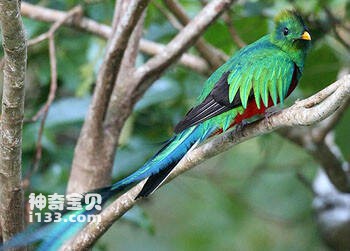
Pharomachrus antisianus
Pharomachrus antisianus,Crested Quetza
Scientific name Pharomachrus antisianus, foreign name Crested Quetza, the sp···
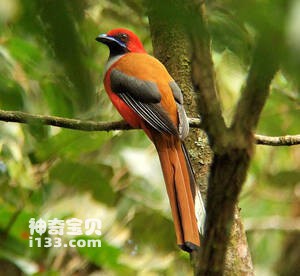
Harpactes whiteheadi
Harpactes whiteheadi,Whitehead's Trogon
The species Harpactes whiteheadi (Whitehead's Trogon) is unknownThe gnaw···
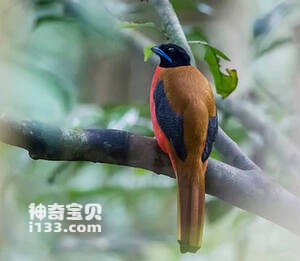
Harpactes orrhophaeus
Harpactes orrhophaeus,Cinnamon-rumped Trogon
The species is known as Harpactes orrhophaeus and Cinnamon-rumped Trogon.Lis···
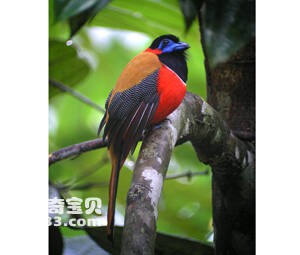
Harpactes kasumba
Harpactes kasumba,Red-naped Trogon
Its scientific name is Harpactes kasumba, and its foreign name is Red-naped ···
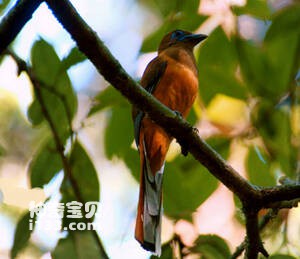
Harpactes fasciatus
Harpactes fasciatus,Malabar Trogon
The species is known as Harpactes fasciatus and Malabar Trogon。Listed in th···
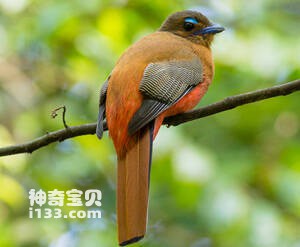
Harpactes duvaucelii
Harpactes duvaucelii,Scarlet-rumped Trogon
The species is known as Harpactes duvaucelii and Scarlet-rumped Trogon。List···
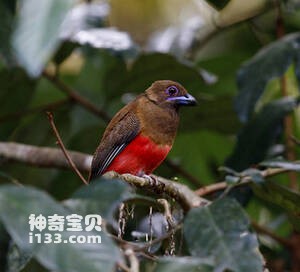
Harpactes diardii
Harpactes diardii,Diard’s Trogon
Harpactes diardii, also known as Diard's Trogon, is a small, arboreal bi···
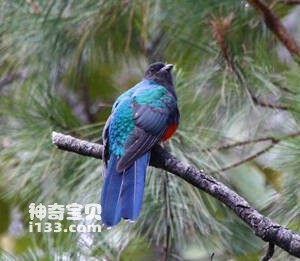
Euptilotis neoxenus
Euptilotis neoxenus,Eared Quetzal,Eared Trogon
Scientific name Euptilotis neoxenus, foreign names Eared Quetzal, Eared Trog···
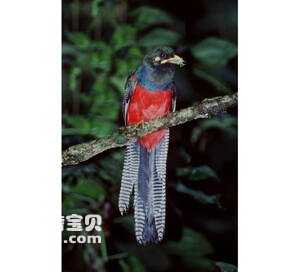
Apaloderma vittatum
Apaloderma vittatum,Bar-tailed Trogon
The Bar-tailed Trogon (Apaloderma vittatum) is a small climbing bird.African···
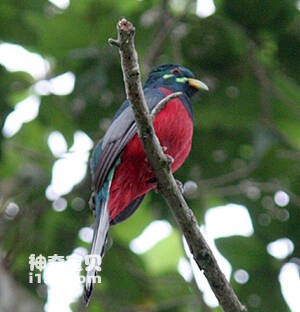
Trogon elegans
Trogon elegans,Elegant Trogon
The green cheeked African biting azalea is known as Trogon elegans or Elegan···
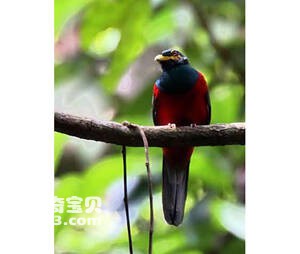
Trogon elegans
Trogon elegans,Elegant Trogon
Yellow-cheeked African biting rhododendron scientific name Trogon elegans, f···
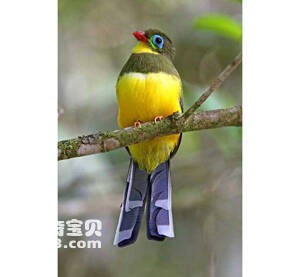
Apalharpactes reinwardt
Apalharpactes reinwardt,Temminck
Apalharpactes reinwardt, Temminck, is a resident bird with unknown habits.Li···
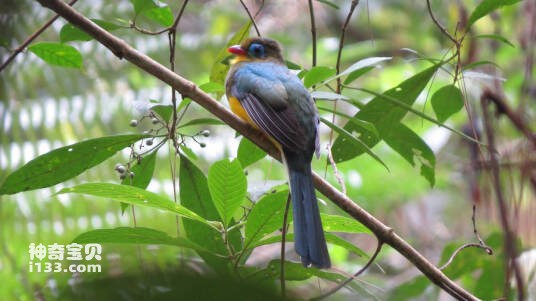
Harpactes mackloti
Harpactes mackloti,Sumatran Trogon
The behavior of Sumatran Trogon (Sumatran Trogon, Harpactes mackloti) is unk···
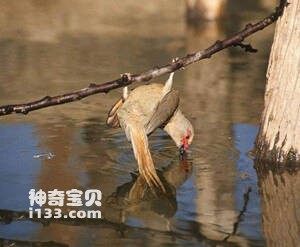
Urocolius indicus
Urocolius indicus,Red-faced Mousebird
The Red-faced Mousebird (Urocolius indicus) is a social, gregarious and vora···
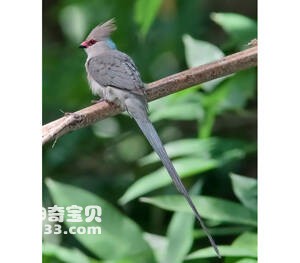
Urocolius macrourus
Urocolius macrourus,Blue-naped Mousebird
The Blue-naped Mousebird (Urocolius macrourus) has three subspecies.The blue···
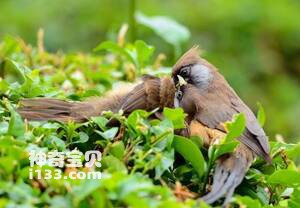
Colius colius
Colius colius,white-backed mousebird
The white-backed mousebird (Colius colius) has two subspecies.White-backed m···
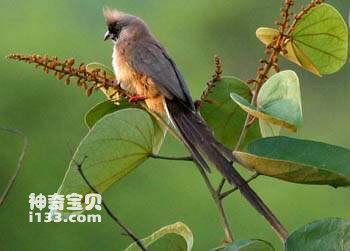
Colius castanotus
Colius castanotus,Red-backed Mousebird
The Red-backed Mousebird (Colius castanotus), like all mousebirds, is very s···
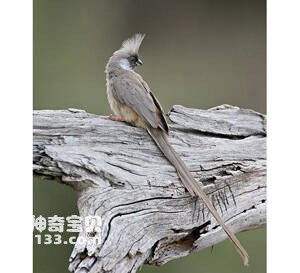
Colius striatus
Colius striatus,Speckeled Mousebird
Colius striatus and Speckeled Mousebird are unknown.Listed in the Internatio···
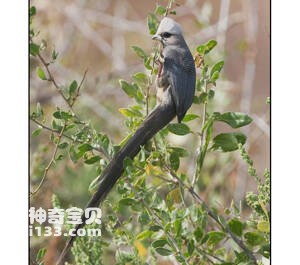
Colius leucocephalus
Colius leucocephalus
The species is known as Colius leucocephalus, but its specific habits are un···
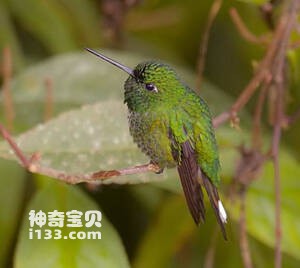
Urosticte ruficrissa
Urosticte ruficrissa,Rufous-vented Whitetip
Urosticte ruficrissa (Rufous-vented Whitetip) is a brown-rumped and white-ta···
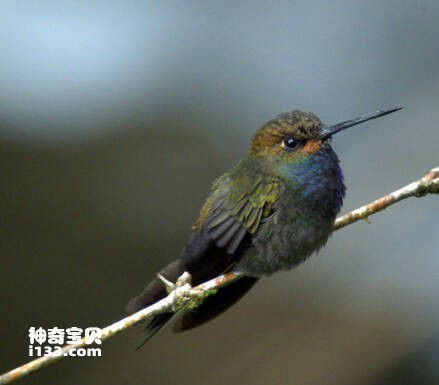
Urochroa bougueri,
Urochroa bougueri,White-tailed Hillstar
Urochroa bougueri or White-tailed Hillstar is a white-tailed hummingbird.Pro···
